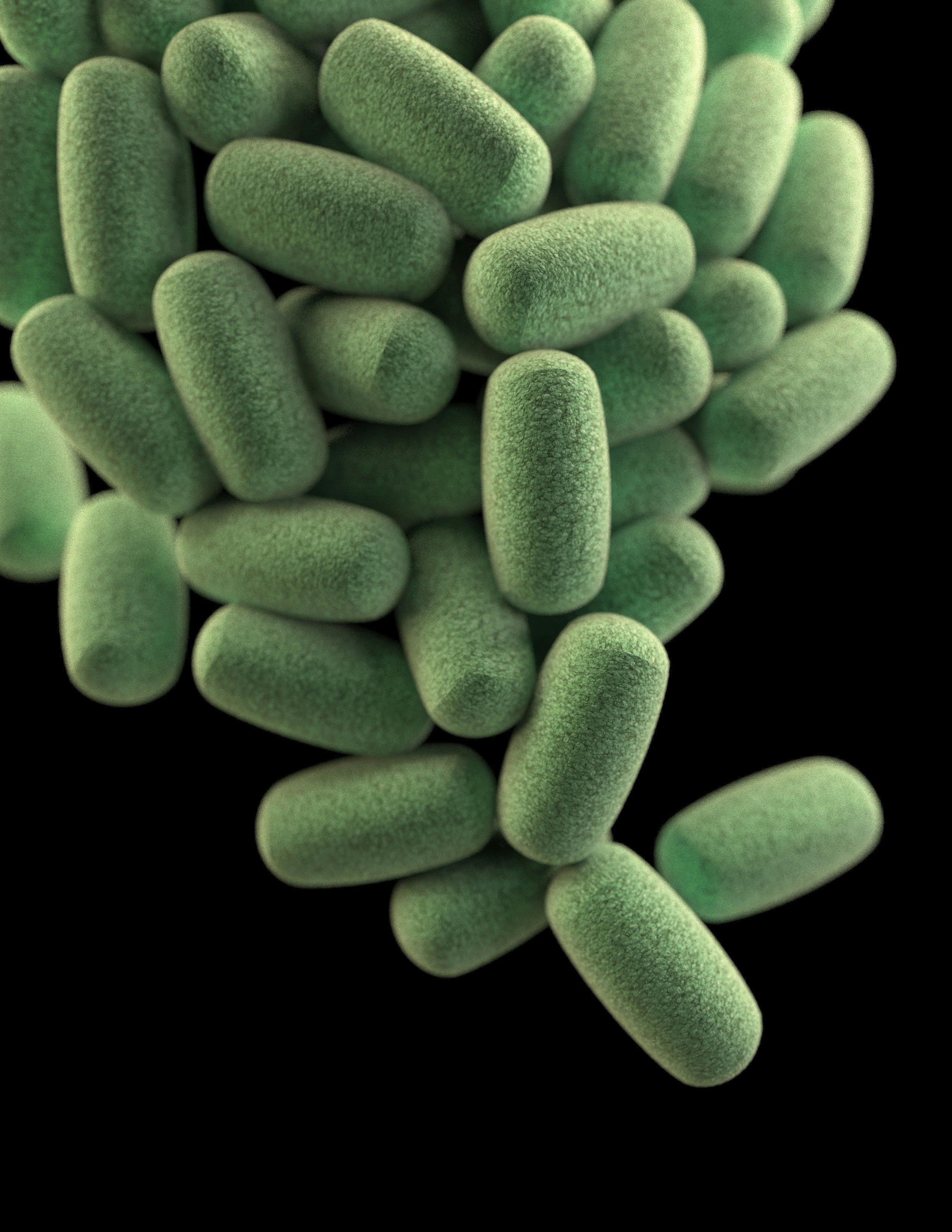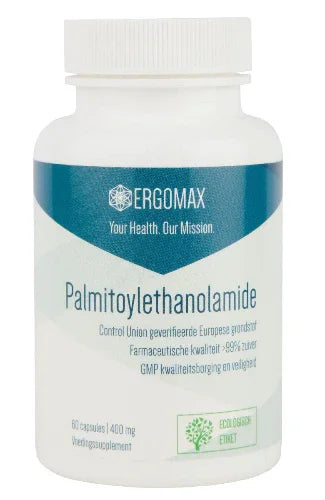
Your intestinal flora, as unique as a fingerprint
We are 90% bacteria
Our intestines host many different microorganisms. Some stay permanently, while others are just passing through. Diet, together with the complex interplay of genes, biological, physical, psychological, social, and environmental factors, shapes the gut flora. It is constantly changing and as unique as a fingerprint!
Gut flora = Microbiota
The entire gut flora is also known as the microbiota. This “organ” is increasingly seen as the control center of the human body, since its influence extends far beyond digestion. A diverse microbiota is strongly linked to overall health.
Traditionally, the human body was viewed as a collection of human cells. In reality, we are a composite organism – an ecosystem. Microorganisms and human cells work together, making us a super-organism. These tiny helpers are an essential part of our biology.
Maintaining your gut flora
There are many ways to build or maintain a healthy microbiota. The most common methods are diet adjustments and supplementation. Both prebiotics and probiotics can be used. To truly impact this complex system, supplements need sufficient potency and maximum diversity.
Probiotic supplements
The strength of probiotics is measured by the number of live cultures and the diversity of strains. When both are optimal, the product is effective. It is valid to question whether a single strain—or just a few strains—can influence such a vast ecosystem as the gut flora.
Gut flora = ecosystem = rainforest
We still know little about the microbiome. The best comparison is with a rainforest: thousands of plant and animal species coexist under a warm, wet canopy. Planting a single flower might have some effect, but most changes would remain local.
Prebiotics – “fertilizer” for your gut
For prebiotics, it is important that you can take enough grams per day without excessive bloating. Galacto-oligosaccharides (GOS) meet this requirement and are considered one of the most effective prebiotics, as they support stronger growth of beneficial bacteria than others.
Diversity matters here as well, since different fibers feed different groups of bacteria. Aim for a variety of fiber sources in your diet and use supplements as an additional boost.
Biodiversity is good
Prebiotics act like natural fertilizer for microorganisms. Well-fed microbes grow better and stay “healthier.” In any ecosystem, biodiversity creates stability. In return for prebiotic fibers, bacteria and yeasts provide bioactive compounds such as vitamins, fatty acids, and neurotransmitters. This is the foundation of our symbiosis.
What should you choose?
You don’t need to choose between pre- and probiotics – combining them, known as synbiotics, is most effective. A quality probiotic, such as fermented kefir capsules, delivers billions of beneficial microbes from many different strains. Adding a good prebiotic like GOS further enhances the effect on the gut.
Effective start protocol
Week 1:
- 1 fermented kefir capsule at breakfast + 1 teaspoon GOS
- 1 fermented kefir capsule at dinner
Week 2:
- 1 fermented kefir capsule at breakfast + 1 teaspoon GOS
- 1 fermented kefir capsule at dinner + 1 teaspoon GOS
Week 3:
- 1 fermented kefir capsule at breakfast + 1½ teaspoons GOS
- 1 fermented kefir capsule at dinner + 1½ teaspoons GOS
Week 4:
- 1 fermented kefir capsule at breakfast + 2 teaspoons GOS
- 1 fermented kefir capsule at dinner + 2 teaspoons GOS
Because gut flora is highly individual, experiences with synbiotics may vary. A diet rich in diverse nutrients and fibers is key to healthy gut flora. If bloating occurs, reduce the GOS dose and increase more gradually.



